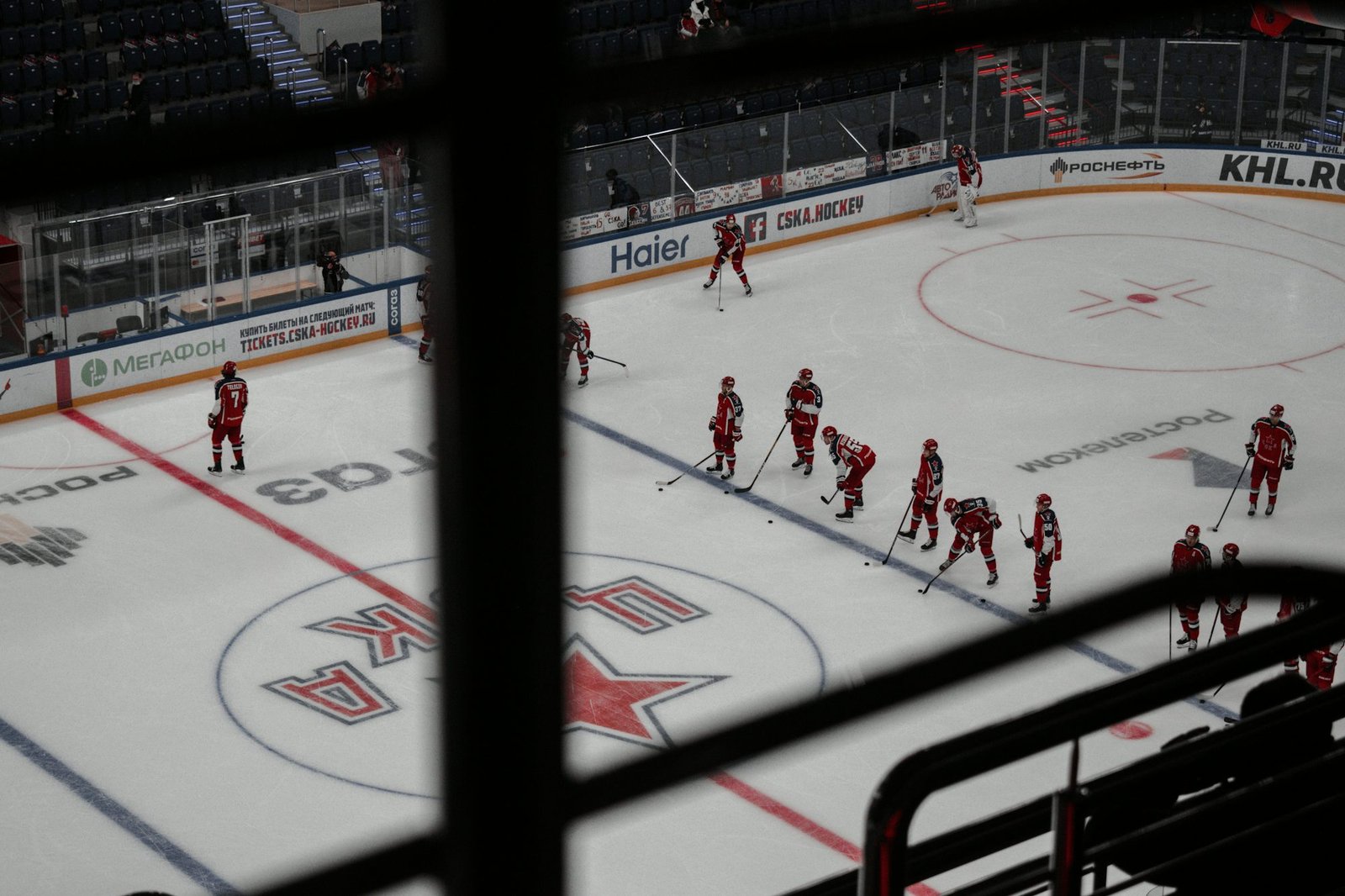The Origins of Hockey
The roots of hockey can be found in various ancient cultures, with similar games being played throughout history. Evidence suggests that stick-and-ball games have existed since at least the 12th century in England and the 15th century in the Netherlands. These early forms of hockey were played in fields and streets, often with makeshift equipment. It was not until the 19th century that the game began to formalize, particularly in England.
The establishment of the modern rules of hockey began in 1876 when the first official rules were created for field hockey. This laid the groundwork for the formation of organized teams and competitions. Meanwhile, ice hockey emerged in Canada in the late 1800s, with the first recorded game taking place in Montreal in 1875. The formation of the Stanley Cup in 1893 marked a significant milestone in ice hockey, establishing a prestigious trophy that still holds immense value today.
The Development of Rules and Structure
As hockey gained popularity, the need for standardized rules became apparent. The formation of governing bodies such as the International Hockey Federation (FIH) for field hockey in 1924 and the National Hockey League (NHL) for ice hockey in 1917 helped to regulate the sport and promote fair play. These organizations have played a crucial role in the development of rules, safety standards, and competition structures that have made hockey a more accessible sport for players and fans alike.
In both ice and field hockey, the fundamental objective remains the same: to score goals while adhering to the established rules. Key aspects of the game include offside regulations, penalties, and game formats, which vary between the two versions but are essential in creating an engaging and competitive atmosphere. The continued refinement of these rules ensures that hockey remains both exciting to watch and challenging to play.
Skills Essential for Success
The skills required to excel in hockey have also evolved alongside the sport. Players must possess a combination of physical endurance, agility, and technical proficiency. In ice hockey, skating is paramount; players must glide effortlessly across the ice while maintaining control of the puck. Stickhandling, passing, and shooting are equally important, as they allow players to create scoring opportunities and execute team strategies.
Field hockey players, on the other hand, must master dribbling and ball control while also being adept at passing and tactical positioning. The unique skills required in each version of the sport contribute to the overall complexity and appeal of hockey. Training programs and youth development initiatives have been established globally to nurture these skills in young athletes, ensuring that the future of hockey remains bright.
The Cultural Impact of Hockey
Hockey's significance extends beyond the rink or field; it has become a vital part of the cultural fabric in many countries. In Canada, hockey is often referred to as the national sport, embodying Wrestling the spirit of the nation. Communities come together to support local teams, fostering camaraderie and pride. The NHL's popularity has also helped to elevate hockey's status in the United States, where the sport continues to grow in fan engagement and youth participation.
In Europe, countries like Sweden, Finland, and Russia have produced some of the world's best players, contributing to the sport's global appeal. The success of international tournaments, such as the IIHF World Championships and the Olympic Games, showcases the talent and passion of players from diverse backgrounds. Hockey serves as a platform for cultural exchange, allowing fans and players to connect through a shared love for the game.
Grassroots Initiatives and Youth Development
One of the most crucial aspects of hockey's growth is the emphasis on grassroots initiatives and youth development programs. Local clubs and organizations work tirelessly to introduce young players to the sport, providing coaching, equipment, and a supportive environment. These initiatives are essential for fostering talent and ensuring that hockey remains accessible to all.
Programs designed to promote inclusivity and diversity within hockey have gained traction in recent years. Organizations like Hockey Is For Everyone and similar initiatives aim to break down barriers and encourage participation from underrepresented groups. By creating an inclusive environment, hockey can continue to expand its reach and impact, building a stronger community around the sport.
The Role of Technology in Hockey
In recent years, technology has played an increasingly important role in the evolution of hockey. From advanced analytics to video review systems, teams and players are utilizing data to enhance performance and make strategic decisions. The introduction of wearable technology and performance-tracking devices allows athletes to monitor Boxing their conditioning and refine their skills more effectively.
Additionally, advancements in equipment technology have improved player safety and performance. Modern sticks, skates, and protective gear are designed to enhance player abilities while reducing the risk of injury. These innovations contribute to the ongoing development of the sport, ensuring that hockey remains competitive and engaging for players and fans alike.
Conclusion
In conclusion, hockey is a sport steeped Cricket in history and tradition, continually evolving to meet the demands of players and fans. From its humble beginnings to its status as a global phenomenon, hockey Hockey has captured the hearts of millions. Understanding its rules, skills, and cultural significance enhances the appreciation of the game. As we look to the future, the continued growth of hockey will rely on grassroots development, inclusivity, and the embrace of technology. Whether on ice or field, hockey remains a thrilling sport that unites people around the world in their love for the game.
